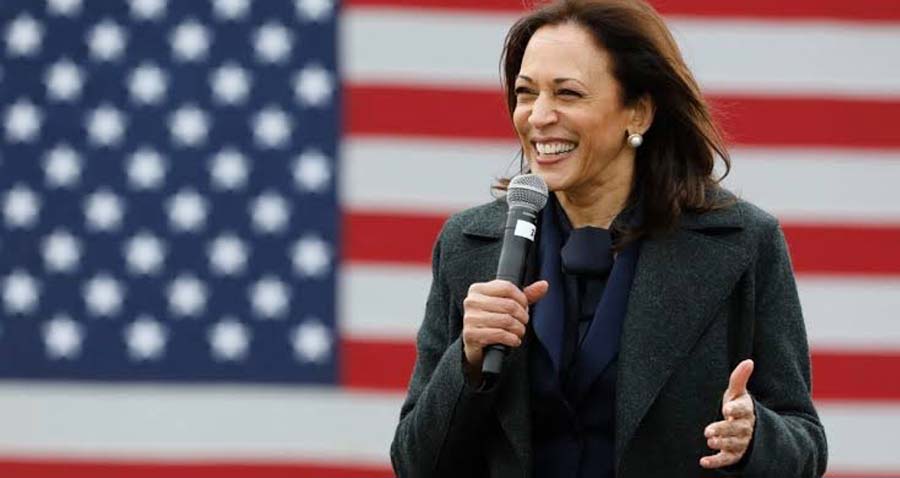Although the US election came to an end with the victory of Donald Trump, it cannot be said that the rise of Kamala Harris at the moment when the Democrats seem to lose hope in Joe Biden is not a feat worth praising. Let’s recap how Kamala Harris managed to keep up with the former president up until the last moment.
It all started when the race between Trump vs. Biden unofficially ended at the debate in June after the president showed signs of regression, while Trump kept pummeling him on live TV. Biden’s performance, marked by an inability to clearly express his stance or counter Trump’s arguments, caused his approval ratings to drop significantly among Americans.
Despite announcing his intention to stay in the race, President Biden faced increasing pressure from the public and Democratic members of Congress to step down. Ultimately, Biden withdrew, and on August 5, Vice President Kamala Harris became the Democratic Party’s 2024 presidential nominee.
Harris brings several clear advantages to the table in the race against Trump. First, she presents herself as calm, steady, and presidential, in contrast to Trump, who appears as an authoritarian threat to democracy.
Second, Harris strongly supports abortion rights, which have come under threat after the Supreme Court overturned Roe v. Wade. Her promise to “restore reproductive freedom” resonated strongly with women voters.
Harris managed to narrow the gap of 2.5 percentage points left by her endorser to 1.2 points after taking the stage against Trump.
Notably, the mood among Democrats returned with hope of winning, which is different from resigning looks when Biden stayed in the race despite knowing his lag of competitiveness against his opponent.
Odds for Harris to win the presidential race had surpassed Trump in several polls. However, Republicans have continued to maintain a strong presence in the race, with both parties neck and neck as Election Day approaches, leaving the outcome uncertain.
The key to victory hinged on Pennsylvania, a crucial swing state with 19 electoral votes. Both candidates viewed it as a “tipping-point” state and invested considerable time and resources, spending a combined total of approximately $279.3 million in hopes of securing its support.
However, Trump managed to win Pennsylvania and got a better edge on all swing states that several were projected to fall into Harris’ lap, such as Georgia, North Carolina and Wisconsin. This led to Trump gaining more than 270 electoral votes and becoming the 47th president of the United States of America.





